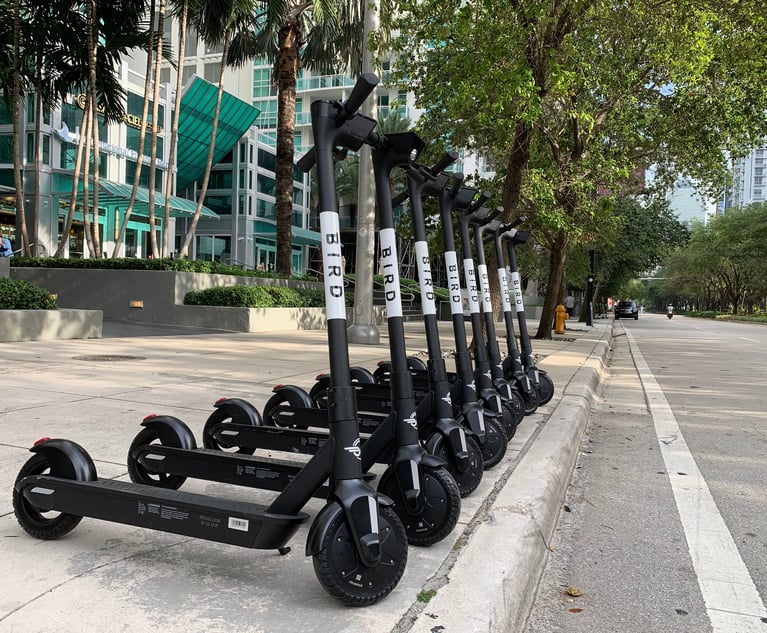A recent decision from the U.S. Court of Appeals for the Federal Circuit serves as a reminder of the importance of 35 U.S.C. §112’s written description requirement in both patent litigation and patent drafting. In Biogen Int’l GMBH v. Mylan Pharms., 18 F.4th 1333 (Fed. Cir. 2021), the Federal Circuit affirmed a West Virginia district court’s ruling that patent claims directed to a method of treatment with a specific drug dosage were invalid for lack of written description—even though the patent specification explicitly recited the dosage as part of a dosage range. The decision highlights the importance of considering invalidity under the written description requirement as a potential defense in litigation—particularly in ANDA cases, in which therapeutic efficacy for specific conditions, and drugs dosage amounts, may be at issue—and for patent applicants to remain mindful of written description pitfalls throughout patent prosecution.
Background: The Written Description Requirement
Under 35 U.S.C. §112(a), a patent specification must contain “a written description of the invention.” To satisfy the written description requirement, the specification must sufficiently describe the claimed invention such that a person of ordinary skill in the art (a POSA) would understand that the inventor possessed the claimed invention as of the application’s filing date. Ariad Pharms. v. Eli Lilly & Co., 598 F.3d 1336, 1351 (Fed. Cir. 2010). To demonstrate possession, an applicant may use “descriptive means” such as “words structure, figures, diagrams, formulas, etc., that fully set forth the claimed invention.” Lockwood v. Am. Airlines, 107 F.3d 1565, 1572 (Fed. Cir. 1997). The written description requirement serves an important policy purpose—in exchange for a limited monopoly on the claimed invention, the inventor must make a “meaningful disclosure” to the public. Capon v. Eshhar, 418 F.3d 1349, 1357 (Fed. Cir. 2005). Analysis of whether a patent satisfies the written description requirement is highly fact dependent and case specific. See Ariad Pharms., 598 F.3d at 1351.


 Robert L. Maier
Robert L. Maier




